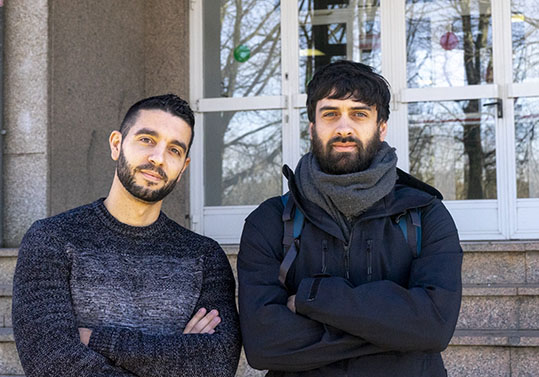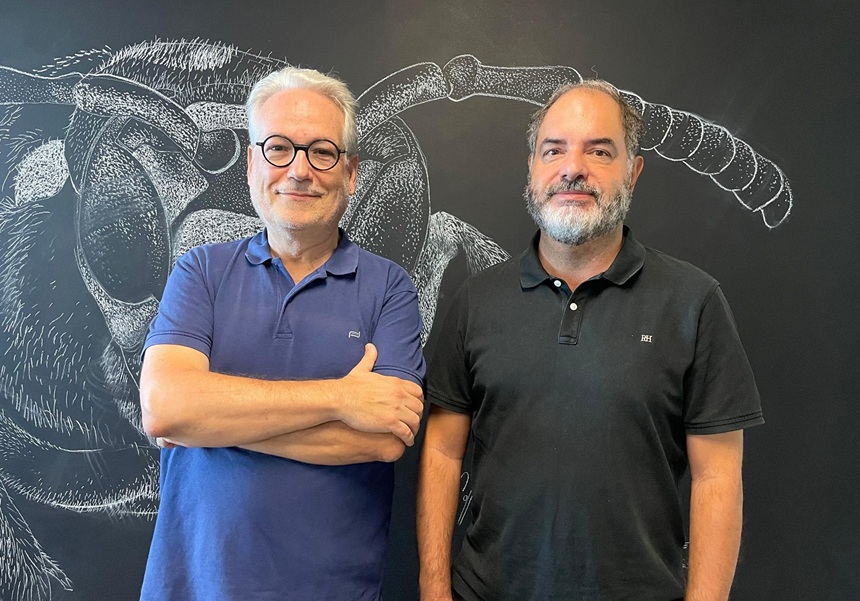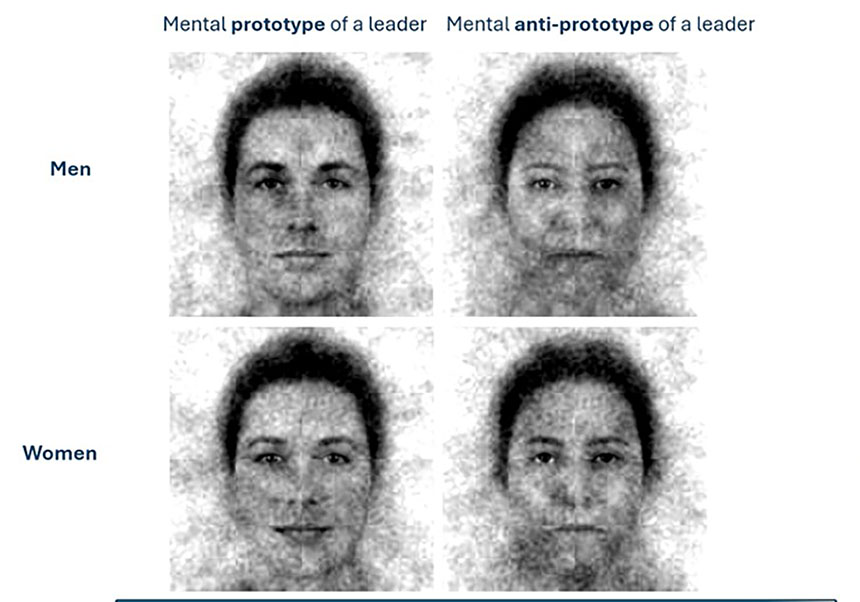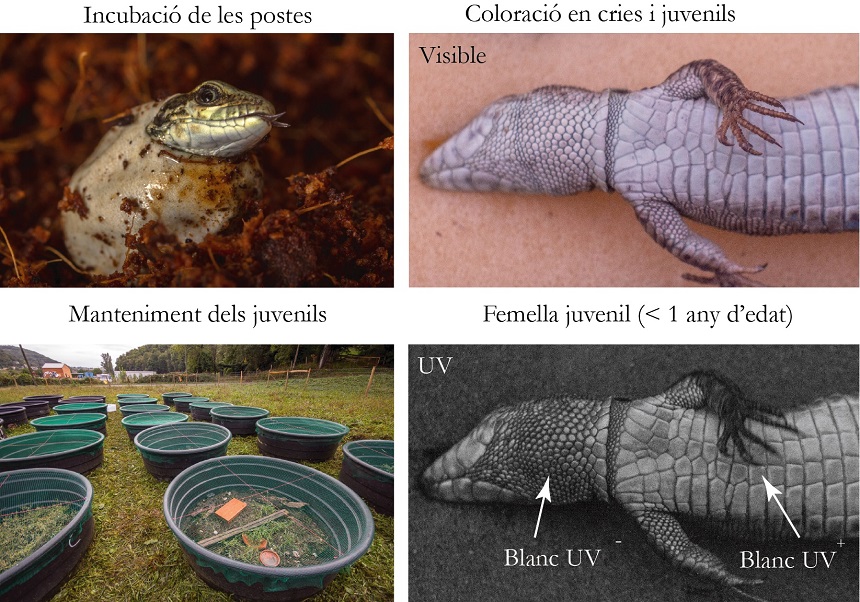The Universitat takes part in research that puts the symmetry of the universe to the test
- Press Office
- February 18th, 2025

Physical Review Letters magazine has published a paper by Nicolás Sanchis Gual (UV), Juan Calderón Bustillo (IGFAE), and Adrián del Río (UC3M-UV) which analyses the possible asymmetry of black hole fusions.
A paper led by researchers from the Universitat de València (UV), the Galician Institute of High Energy Physics (IGFAE), and Charles III University of Madrid (UC3M) researches the possible existence of asymmetries in the universe through the analysis of the direction of rotation in black hole fusions. The article has just been published in Physical Review Letters scientific magazine, one of the most prestigious in the world in the field of physics, and opens a door for a thorough research into the possibility that any imbalance in the direction of rotation in these events exists, one of the most violent phenomena that are produced in the cosmos, caused by an asymmetry in the universe on a massive scale.
The Cosmological Principle, to the test
Modern cosmology postulates that, when observed on a massive scale, the universe ought to be homogeneous and isotropic. That is, its properties depend neither on the point from which we observe it, nor on the direction in which we do so. This implies that there should not be any balance between ‘clockwise’ and ‘counterclockwise’ rotating objects, also known as ‘mirror’ symmetry. In recent years, numerous studies in the field of cosmology have tried to find cracks in this ‘mirror’ looking for evidence of possible asymmetries and imbalances.
In this case, the paper of the team led by Juan Calderón Bustillo, researcher from the Ramón y Cajal program at IGFAE, mixed centre at University of Santiago de Compostela and the Regional Government of Galicia have used data from 47 black hole fusions observed by gravitational-wave detectors, LIGO and Virgo. With this data, an attempt has been made to verify whether or not gravitational waves produced by these fusions preserve mirror symmetry on a massive scale.
To curve a football
To explain the study, Juan Calderón resorts to a football analogy: “When you kick the ball with the lower part of your right foot (with ‘curve’), the ball rotates counterclockwise as it travels through the air”. However, on certain occasions, kicking with the outer edge of the foot is used as a tactic (a technique known as ‘curl’ which is masterfully executed by players such as Lamine Yamal or Luka Modric). In this case, the ball starts rotating clockwise.
“The kick with the inner edge of the foot is the most common in football, as it makes control of the trajectory of the ball easier, which means that there are more balls rotating one way than the other, creating an asymmetry”, Calderón underlines.
Similarly, “if we think about a cosmic football match, where the observed passes are black hole fusions, we will be able to see events that rotate clockwise or counterclockwise”, Adrián del Río comments, researcher at the César Nombela program at Charles III University and co-author of the article. “But if the Universe is truly neutral, as the data says, there shouldn’t be any imbalances; that is, there would be the same proportion of black holes rotating clockwise and counterclockwise”.
The study that has just been published points out that, for now, this symmetry remains. “Though the data supports the idea of a balanced Universe, it is still too soon to confirm it, because our statistics is very limited”, points out Nicolás Sanchis Gual, researcher of Ramón y Cajal at the Universitat de València and co-author of the article. In the future, as we observe more and more black hole fusions, we’ll be able to accurately measure if the Universe is truly a neutral “referee” between these two teams.
The search for asymmetry continues
However, the history of physics offers enough reasons to call all of it into question. Just like Juan Calderón remembers, the famous experiment performed by the physicist Chien-Shiung Wu’s team in the 50s, from Tsung-Dao Lee and Chien-Ning Yang’s theoretical predictions, “discovered that electrons coming from radioactive decay showed a preference for a clockwise rotation, which reveal an asymmetry in the weak force that govern said decay”. This discovery, which contradicts the laws of conservation of parity in the weak interaction, entailed one of the milestones in particle and nuclear physics in the second half of the 20th century.
Along the same lines, according to Afrián del Río, “Einstein’s gravitational equations, that govern the cosmos on a massive scale, allow in theory that for every object rotating clockwise there is another one rotating counterclockwise, but they don’t require the Universe to contain exactly the same proportions. This paper intends to explore if gravity has “hidden preferences”. Thus, it is only the beginning of a passionate journey to put one of the most profound properties of the Universe to the test. “This cosmic football match hasn’t finished yet”, Calderón concludes.
















